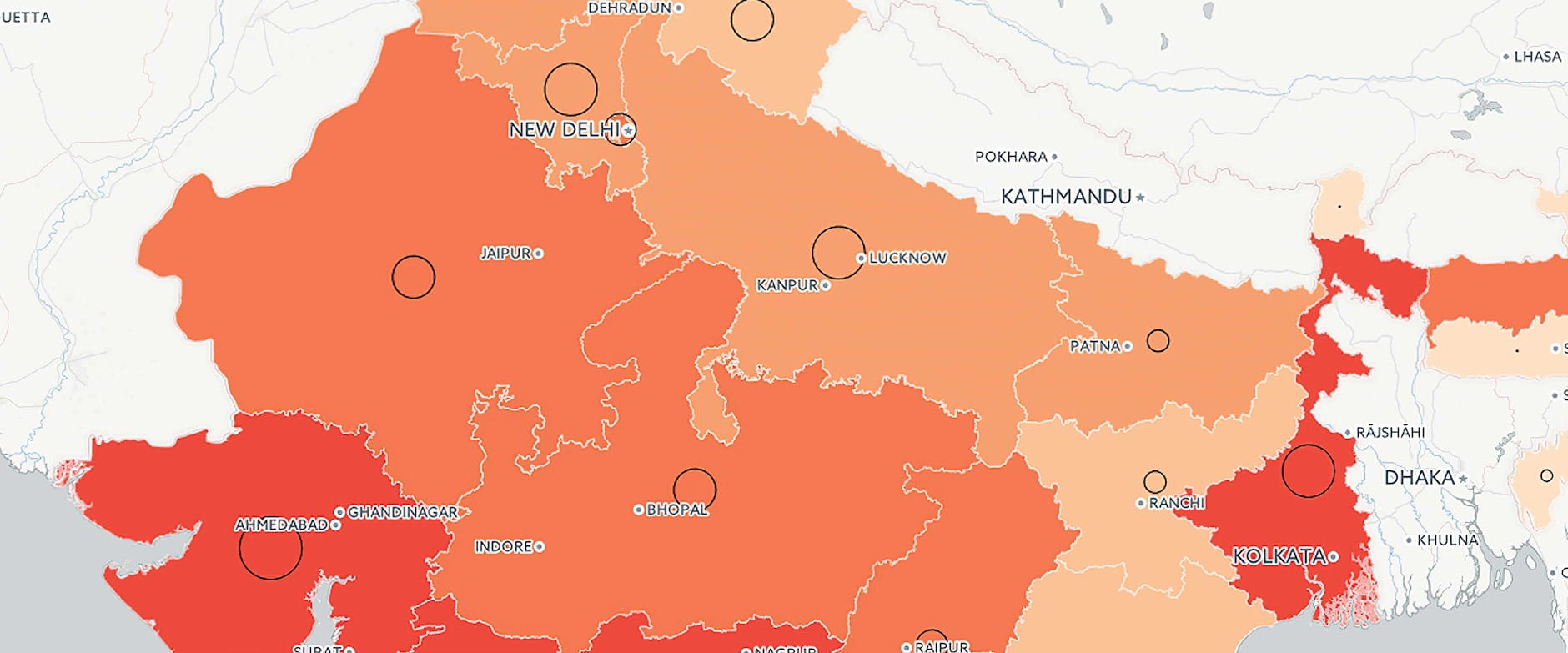Investors have been wary of India’s restrictive labor laws, which grant a number of protections to workers when businesses close operations. High costs associated with the country’s Industrial Disputes Act (IDA) of 1947 have caused economists and financial-media pundits to argue that India’s labor laws have hindered economic growth.
But the IDA doesn’t apply to contract workers, and employers are relying more on staffing agencies and contractual work to avoid labor restrictions, according to research by Chicago Booth’s Marianne Bertrand, Chang-Tai Hsieh, and Nick Tsivanidis, a PhD candidate. As companies have increased their use of temporary workers, the contract-labor industry has become an important gauge of economic activity. In the United States, for instance, the use of contract workers has intensified during periods of economic expansion and dissipated during economic downturns, according to a report on temporary work from the Bureau of Labor Statistics.
Using data on Indian manufacturers, Bertrand, Hsieh, and Tsivanidis find that the share of contract workers used by Indian companies with more than 100 workers increased from under 30 percent to almost 60 percent between 1990 and 2011. “And among the firms that employ contract labor, the share of contract workers in total employment increases from about 40 percent in 1990 to almost 60 percent by 2011,” write the researchers. “By 2011, contract workers accounted for about 36 percent of total employment among Indian establishments with more than 100 workers.”
Contract labor in India, state by state
Note: Andhra Pradesh numbers include data from Telangana, which became a separate state in 2014.
The same data provide evidence that large manufacturing organizations that use contract labor are more likely to pursue risky investments because “contract workers can be returned to the staffing companies at a lower cost if the investment does not succeed,” the researchers write. While companies with more than 100 employees must pay severance packages to any employee fired, contract workers can be laid off for essentially no cost.
More broadly, the researchers set out to estimate the effect of contract labor’s rise—to 1.3 million contract workers in 2014—on the Indian economy. They used the locations of staffing-agency hubs as a proxy for measuring the growth in contract-labor employment, using the initial location of staffing companies in 1998 to predict the growth in contract labor in manufacturing. Because of the geographic variation in the number of staffing agencies, the authors could measure the impact of contract-labor growth on a number of economic variables.
The rise in contract labor in the 2000s to 36 percent of total employment increased manufacturing output by 0.56 percent. This is noteworthy because India’s overall manufacturing GDP actually declined over the period, suggesting that contract labor provided India’s economy with much-needed stimulus. The researchers also demonstrate that the increased supply of contract labor over the time studied increased the number of new products manufacturing firms introduced and the amount of inputs they sourced.
The solution of using staffing agencies to avoid tough labor laws has proved to be good business for India’s manufacturing sector. The data suggest that large companies find contract work particularly helpful, as they are disproportionately able to reduce their marginal costs with contract workers.
Your Privacy
We want to demonstrate our commitment to your privacy. Please review Chicago Booth's privacy notice, which provides information explaining how and why we collect particular information when you visit our website.
